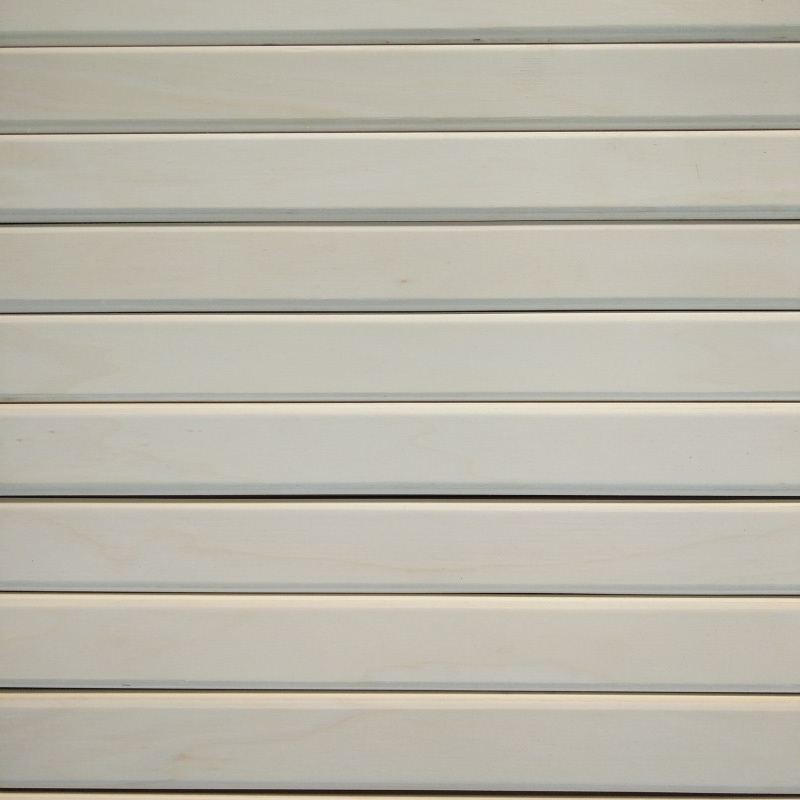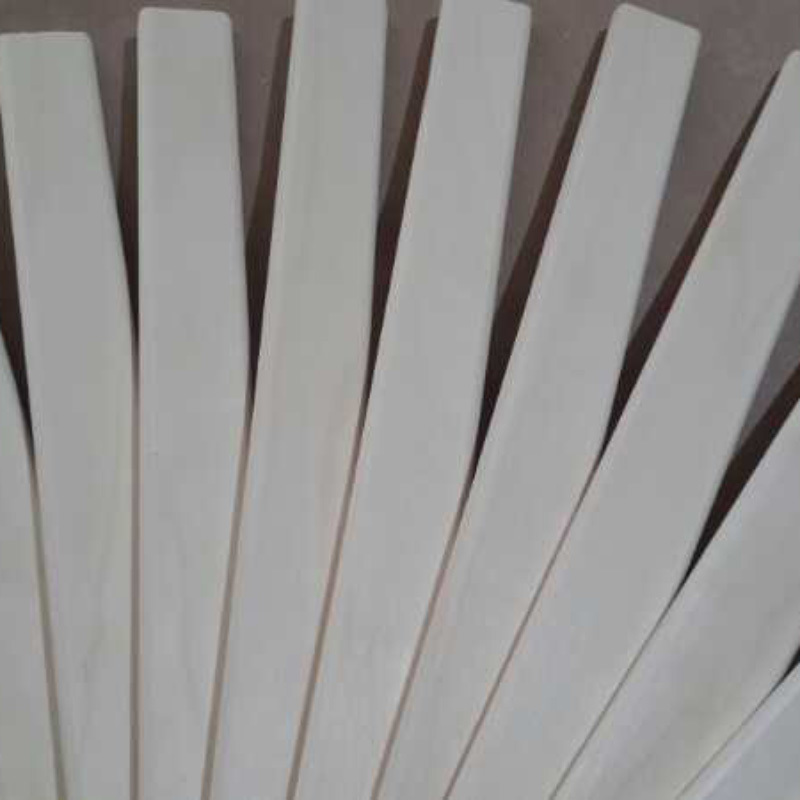Blog & Articles
Choosing Quality Crib Guardrails: Essential Insights for Every Parent
Release Time:
2025-07-03
Choosing Quality Crib Guardrails: What Every Parent Should Know As parents, ensuring the safety and comfort of our infants is one of our top priorities. When it comes to creating a safe sleeping environment, **crib guardrails** play a crucial role. They not only prevent your little one from rolling out of their crib but also provide peace of mind for parents. In this article, we will explore vario
Choosing Quality Crib Guardrails: What Every Parent Should Know
As parents, ensuring the safety and comfort of our infants is one of our top priorities. When it comes to creating a safe sleeping environment, **crib guardrails** play a crucial role. They not only prevent your little one from rolling out of their crib but also provide peace of mind for parents. In this article, we will explore various aspects of crib guardrails, including their importance, types, features to look for, and answers to common questions.
Table of Contents
- 1. The Importance of Crib Guardrails
- 2. Types of Crib Guardrails
- 3. Key Features to Look for in Quality Crib Guardrails
- 4. Understanding Material Safety in Crib Guardrails
- 5. Installation and Maintenance Tips for Crib Guardrails
- 6. Compliance with Safety Standards
- 7. Frequently Asked Questions
- 8. Conclusion
1. The Importance of Crib Guardrails
Crib guardrails serve as a **physical barrier** that keeps your baby safe while they sleep. These guardrails are essential for several reasons:
1. **Preventing Falls**: Babies are naturally active during sleep, often rolling over or moving unexpectedly. Guardrails effectively prevent falls, which can lead to injuries.
2. **Creating a Secure Space**: Guardrails provide a sense of security for babies, allowing them to feel enclosed and safe during sleep.
3. **Ease of Transition**: For parents transitioning their child from a crib to a toddler bed, guardrails help ease this shift by providing a familiar safety net.
4. **Peace of Mind for Parents**: Knowing that your child is secure in their crib allows parents to sleep better, knowing they have taken precautions to ensure safety.
2. Types of Crib Guardrails
When choosing crib guardrails, it’s essential to understand the various types available. Here are the primary types:
2.1 Fixed Guardrails
Fixed guardrails are permanently attached to the crib. They provide a sturdy barrier and are less likely to become dislodged during use.
2.2 Adjustable Guardrails
Adjustable guardrails can be modified in height or position, allowing for flexibility as your child grows. This type is ideal for cribs that will be used for several years.
2.3 Removable Guardrails
Removable guardrails can be taken off when no longer needed. They are convenient for parents who want to transition their child smoothly to a toddler bed.
2.4 Convertible Guardrails
Convertible guardrails can transform a crib into a toddler bed. They are designed to adapt as your child grows, making them a cost-effective option.
3. Key Features to Look for in Quality Crib Guardrails
When selecting crib guardrails, you'll want to consider several key features to ensure you are making a wise investment for your child's safety and comfort.
3.1 Height and Width
The height and width of the guardrails are critical for preventing falls. Ensure the guardrails are tall enough to prevent your child from climbing over and wide enough to provide a secure barrier.
3.2 Material and Construction
High-quality materials not only enhance durability but also ensure safety. Look for guardrails made from non-toxic, sturdy materials that can withstand wear and tear.
3.3 Ease of Installation
Select guardrails that are easy to install and remove. Complicated installations can lead to improper fitting, compromising safety.
3.4 Style and Design
While safety is the top priority, aesthetics matter too. Choose guardrails that complement your nursery decor and are suitable for your child's room theme.
3.5 Safety Features
Opt for guardrails that come equipped with added safety features, such as rounded edges and non-slip surfaces. These features further reduce the risk of accidents.
4. Understanding Material Safety in Crib Guardrails
Material safety is a critical consideration when selecting crib guardrails.
4.1 Non-Toxic Materials
Always check that the materials used in the guardrails are free from harmful chemicals such as BPA, phthalates, and lead. Non-toxic materials ensure that your child is not exposed to harmful substances.
4.2 Durability
The durability of the materials is essential for long-term use. Guardrails should be made from robust materials capable of withstanding wear over time.
4.3 Easy to Clean
Choose guardrails that can be easily cleaned. Babies can be messy, and easy-to-clean surfaces will help maintain hygiene and safety.
5. Installation and Maintenance Tips for Crib Guardrails
Proper installation and maintenance of crib guardrails are vital for ensuring their effectiveness and longevity.
5.1 Follow Manufacturer Instructions
Always adhere to the manufacturer’s guidelines for installation. This ensures that the guardrails are secured correctly and function as intended.
5.2 Regular Inspections
Periodically check the guardrails for signs of wear or loosening. Make adjustments as necessary to maintain safety.
5.3 Cleaning and Maintenance
Keep the guardrails clean by wiping them down regularly. Avoid harsh chemicals that can damage the surface or pose health risks to your child.
6. Compliance with Safety Standards
Understanding safety standards is crucial when selecting crib guardrails.
6.1 National Safety Standards
Ensure that the guardrails conform to national safety standards established by organizations such as the Consumer Product Safety Commission (CPSC). Certified products have undergone rigorous testing to ensure their safety.
6.2 International Safety Standards
If you are considering guardrails manufactured outside your country, check for compliance with international safety standards, such as those from the American Society for Testing and Materials (ASTM).
7. Frequently Asked Questions
7.1 At what age can I start using crib guardrails?
Typically, crib guardrails can be used for infants who are beginning to roll over or sit up independently, usually around six months of age.
7.2 How do I know if a guardrail is safe?
Look for guardrails that comply with safety standards and are made from non-toxic, durable materials. Always check for reviews and safety ratings.
7.3 Can guardrails fit any crib?
Not all guardrails are universal. It's essential to choose guardrails designed specifically for the type and model of your crib.
7.4 How often should I inspect the guardrails?
Regular inspections should occur at least once a month or whenever you notice any signs of wear or looseness.
7.5 What should I do if my child starts climbing over the guardrail?
If your child is attempting to climb over the guardrail, it may be time to transition them to a toddler bed to prevent injuries.
8. Conclusion
Crib guardrails are an essential element of a safe sleeping environment for infants. By understanding their importance, types, and the key features to look for, parents can make informed decisions that prioritize safety and comfort. Always remember to adhere to safety standards and perform regular maintenance to ensure longevity and effectiveness. With the right guardrails in place, parents can have peace of mind knowing they are providing a secure space for their little ones to rest.
TAG:
Message
We will contact you within one working day. Please pay attention to your email.
Quick Link
Contact Us
Contact: Manager Wang
No.9 Village, Anling Town, Jing County, Hengshui City, Hebei Province








